Monkey 47 Gin: From Failed Watchmaker To Making One Of The Best Gins In The World
by Ken Gargett
This is a story about a cricket-loving wing commander, the city of Madras, a special monkey from the Berlin zoo, a failed watchmaker, and Germany’s Black Forest.
And gin. Great gin. Don’t forget the gin.
Views on gin range from those of us who think of it as the epitome of sophistication, the best being brilliant spirits, either for sipping or as part of a gin and tonic or martini or any other cocktail, to those coruscating works by English artist William Hogarth from the 1750s and that gin really is the root of all evil. Hogarth’s 1751 print Gin Lane depicts the nightmare caused by the gin craze (the Gin Act of 1751 began the fight against this “epidemic”).
Babies being dropped, rotting corpses dumped into cheap coffins, houses collapsing, half-naked women slumped senseless in the street. It is an apocalyptic scene. And, fortunately, one that is a long way from the amazing gin scene of today.
Before we get to that stage, though, it is worth noting the positive boost gin received from its collaboration with tonic, with tonic’s component of quinine a key in the fight against malaria. Who among us has not seen one of those old movies with pith-helmeted colonialists enjoying their evening G&Ts? Enjoyable, sure, but it also worked as a prophylactic against one of the most debilitating diseases in the tropics.
Imagine if your evening gin shielded you to the ravages of COVID-19!
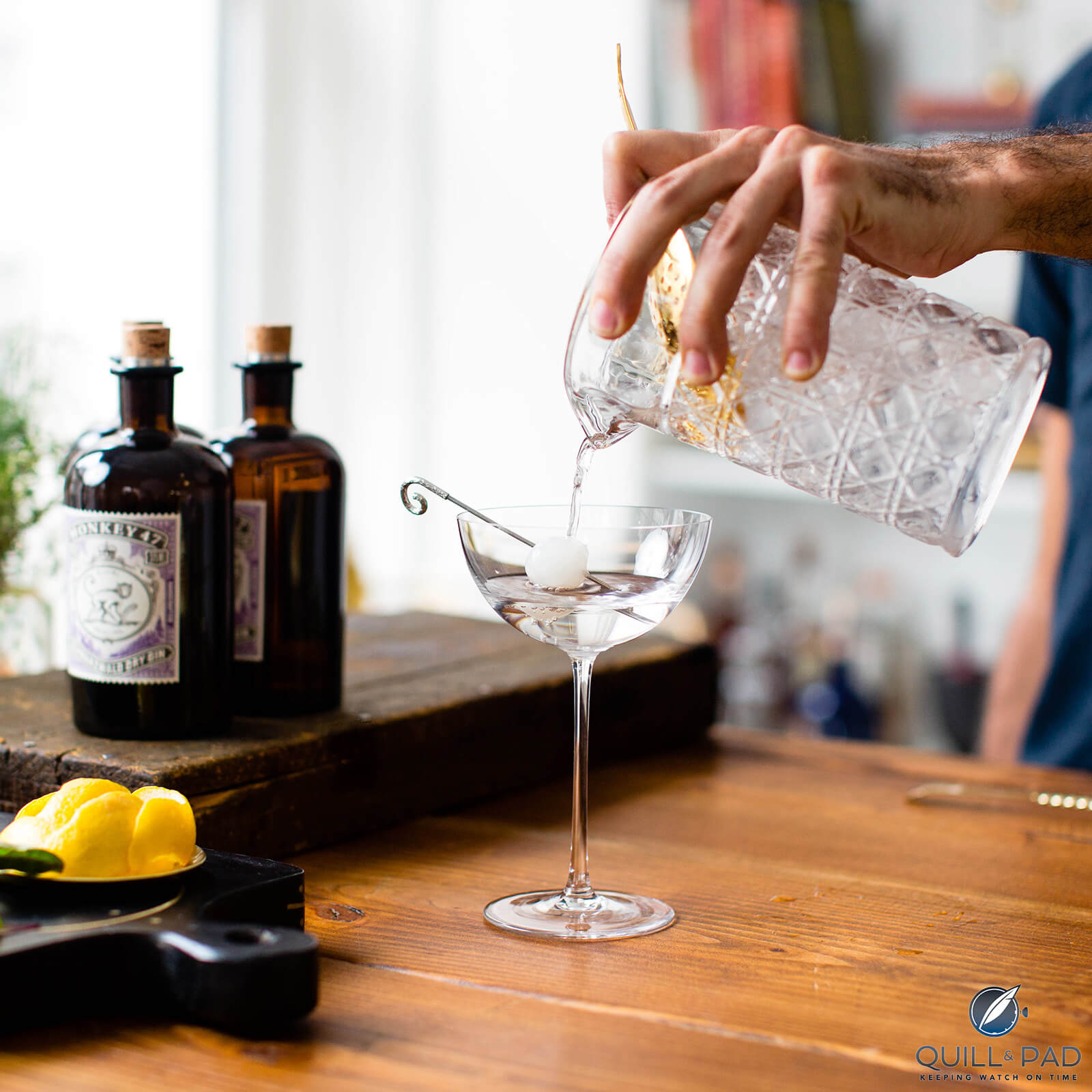
Monkey 47 and tonic
Gin: the latest, greatest craft spirit
Gin has exploded as the craft spirit. Go back a decade or two and gin was just another white spirit, popular thanks to gin and tonics and martinis, but dominated by the big brands like Gordon’s, Gilbey’s, Beefeater, and Seagram’s. Tanqueray was considered exotic in the extreme, and then came Bombay Sapphire and the cucumber-infused Hendrick’s (I’m a big fan of Hendrick’s), which were almost alien. Suddenly, we all realized that gin could be so much more than an alcohol transfer system.
The extraordinary cavalcade of craft spirits soon followed and gin led the way, although, to be honest, I have always believed that many of these gin producers originally wanted to make top whisky or perhaps even rum, but discovered that the time needed for these to mature meant that they would not be releasing anything for years. It was an impossible task on a commercial basis.
I do think that many of these craft gin distilleries are likely to have barrels of rum and/or whisky sleeping away in the corner somewhere, not to be disturbed for years. But gin allowed them to go from still to shelf in months. And that means dollars to the distillery.
No one was interested in replicating the big-company gins. Gin has a mixed history, as mentioned, and juniper has always been at the fore. Hence, we have seen an amazing plethora of different gins using unimaginable ingredients. Seaweed, green ants, shiraz grapes, saffron, grapefruit, salted caramel, motorcycle parts, fresh cream, coconut, baobab fruit (who knew?), Christmas puddings, and even beef. Some are mere novelties, but others are cracking spirits worthy of attention.
Monkey 47: not monkeying around
I will confess that the first time I heard mention of a gin called Monkey 47 I assumed it must fall very much in the novelty category. Then I got to try it and it has been my favorite gin ever since, albeit often hard to find in Australia.
There is a story, more than likely a mix of fact and the apocryphal, of how Monkey 47 came to be.
Wing Commander Montgomery Collins, who was born in India and spent his early days with his diplomat father in the city of Madras, was posted to Germany at the conclusion of World War II to assist in the rebuilding of the defeated nation. Part of Monty’s duties was the Berlin zoo.
One of the surviving inhabitants was an egret monkey (a type of macaque) known as Max; Monty became Max’s sponsor. Monty so enjoyed his time in Germany that after he was discharged from the RAF (honorably), he opened a guest house in the Black Forest near Strasbourg. Other reports suggest that he may have followed a local girl there, while yet other reports, which will appeal to the readership of this publication, suggest he had decided to become a watchmaker and set up in the Black Forest to realize his dream – sadly, he was apparently not best suited to horology in any form and soon gave up.
He stuck to the guesthouse he named Zum Wilden Affen, which means “a wild monkey.” The name was to honor Max.
Being English and ex-RAF, Monty was very keen on gin and eventually decided to make his own. The result was a few bottles, one of which ended up in a box in the basement, along with, supposedly, the recipe. The Black Forest offered the benefits of pristine waters, considered extremely soft, and endless experience with distillation – think of the fruit brandies and schnapps from the area.
Like watchmaking, this was not something that Monty did for long.
Many years later, while renovation work was being done on the guesthouse, the small box was found in the basement. The bottle was labeled “Max the Monkey – Schwarzwald Gin.”
The team at the helm today, Alexander Stein and Christoph Keller, have tinkered with the recipe Monty left, but it apparently remains largely the same. Monty’s original recipe had 47 ingredients, a number of them spices from his Madras childhood.
His efforts are honored by the team retaining 47 botanicals (most gins would be lucky to have 10 or 12 different ingredients), although possibly not the identical 47. Stein and Keller are believed to be the only two humans on the planet who know the exact recipe used today, although there are reputedly six different types of pepper.
We are told that the peel from bitter oranges, lemons, and pomelos are also used. So, too, local elements like spruce shoots and lingonberries (a type of cranberry). Cassia, angelica root, honeysuckle, jasmine, lemongrass, nutmeg, rosehip, orris, bramble leaves, Grains of Paradise (a spice of the ginger family), licorice, hibiscus, dog rose (what on earth a dog rose is, I have no idea, so it’s a good thing Wikipedia does), cloves, Kaffir limes, and so much more.
Monkey 47’s website lists these herbs and botanicals, along with some of the others. After distillation, the gin is stored in earthenware for three months and then “married” with the local water.
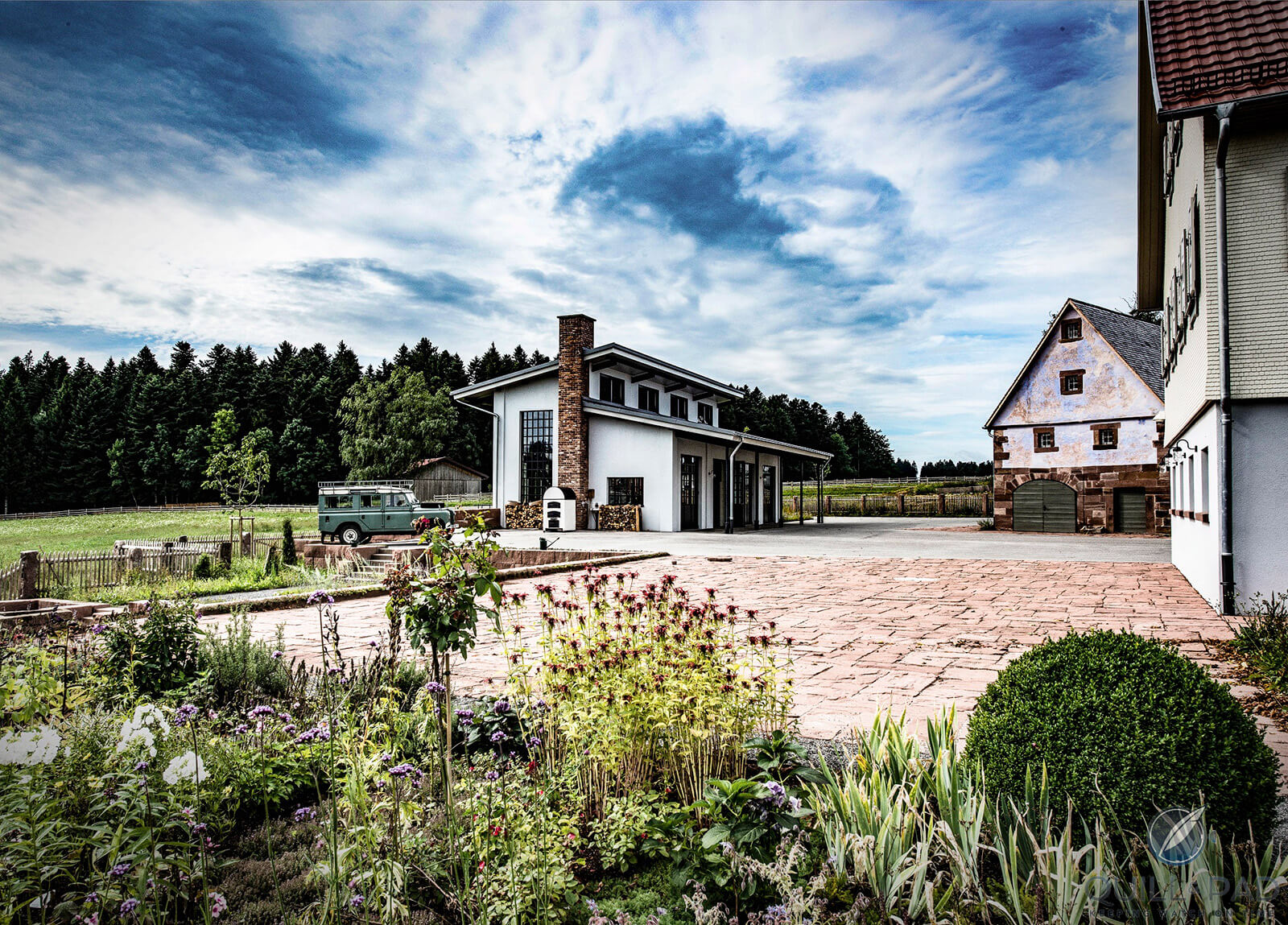
Monkey 47 gin distillery
Stein, who hails from a family of distillers, came across this story in 2006. A few years later, he joined with the respected distiller, Keller, and this led to what I think just might be the world’s favorite cult gin just a decade or so later.
The gin is bottled, unfiltered, in numbered batches. Bottles are 500 ml, and brown glass is used to prevent damage to the finished product by UV light. It is, and here is a shocker, 47 percent alcohol. This is not a mass production effort. The still used is all of 100 liters.
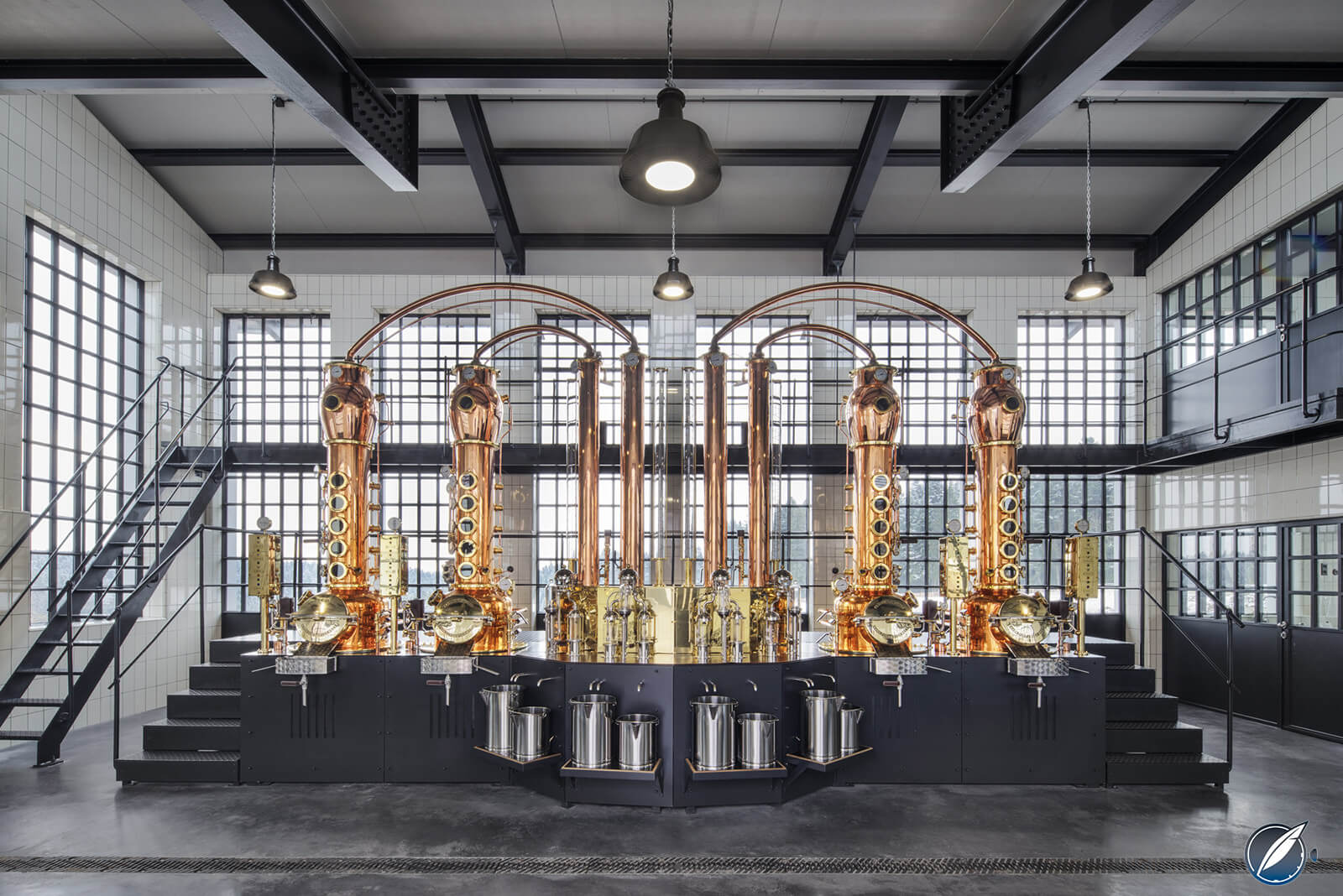
Monkey 47’s distillery vats
As well as the original Monkey 47 Schwarzwald Dry Gin, there are now a number of different Monkeys (a troop? or possibly a cartload, which I discovered is the alternate collective noun for a group of monkeys?).
The Monkey 47 for those in need of novelty
You want novelty? A gin made from blue mussels! With Belgian beer and chocolate peppers (a type of pepper from northern India, which tastes like roasted cocoa)? Sadly, that is part of the Experimentum Series, so I am unable to provide tasting notes, but how could you not love a gin made from mussels? I should mention that although these mussels are found in Belgium, this is not Claude van Damme – different mussels from Brussels.
The experiments come from the Gin Lab and are limited to 500 bottles. The team has also done a lot of work on barrel maturation for gin, and the latest Barrel Cut sees mulberry casks. Apparently, centuries ago, mulberry trees were regularly used for maturation. Only new small barrels – 110 liters – lightly toasted, are used.
Additionally, Monkey 47 makes a sloe gin. The sloe is also known as blackthorn (prunus spinosa) and is closely related to plums. It was once grown to protect farmers from the gaze of witches (perhaps it provided extra courage?). The berries are harvested after the first frost and then macerated in Monkey 47 for four weeks. The liquid is basically skimmed to remove any sediment and then local water is added to bring the alcohol level back to 29 percent.
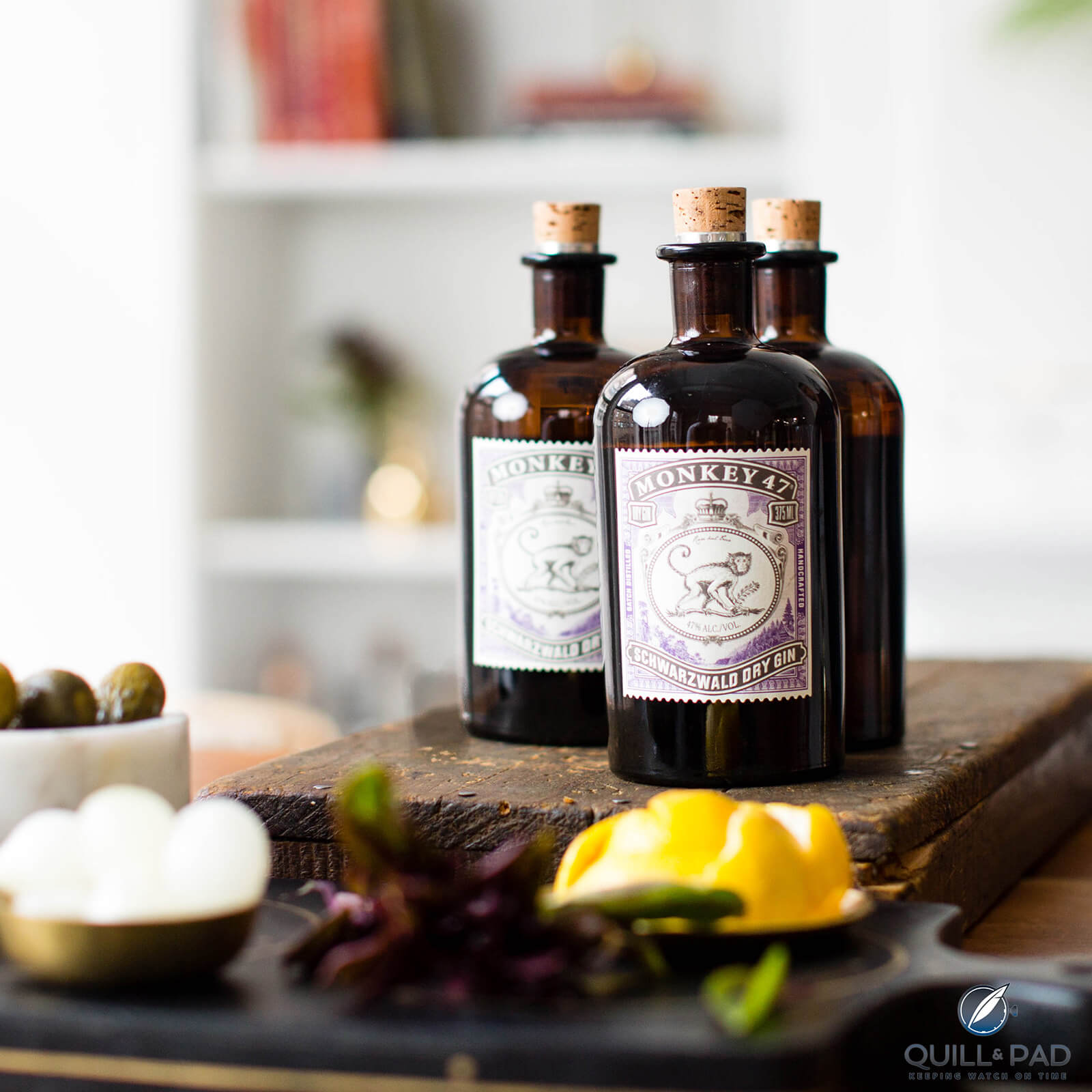
Monkey 47 gins
Many of the world’s best bartenders rave about Monkey 47 and its versatility. Why wouldn’t they? Using the very best ingredients in their cocktails makes sense. But I love these gins as they are, so sipping unadorned is my preference. I will relent and occasionally drink a gin and tonic or a good martini.
Part of the problem is that it can be hard to track these down outside of Germany. They are not cheap in “gin terms,” but bargains compared with other fine spirits.
Recently, Pernod Ricard (an international mega empire for drinks), which already owned a stake, took over the entire company. Hopefully, that will mean that Monkey 47 becomes a little more accessible.
More importantly, eyes will be focused on the gins to make sure that standards are maintained. There is no reason to think they won’t be. Why buy a premium spirit and then diminish it? I think that there is every chance Monkey 47 will maintain its quality but be available more widely. Alexander Stein will continue his involvement. Great news all round.
Tasting three Monkey 47 gins
Monkey 47 Schwarzwald Dry Gin (AUD$90/€39)
The Monkey 47 Schwarzwald Dry Gin is the “standard,” though it drinks nothing like any standard gin I’ve seen. Crystal clear (this is why fly fishermen talk of streams being gin clear).
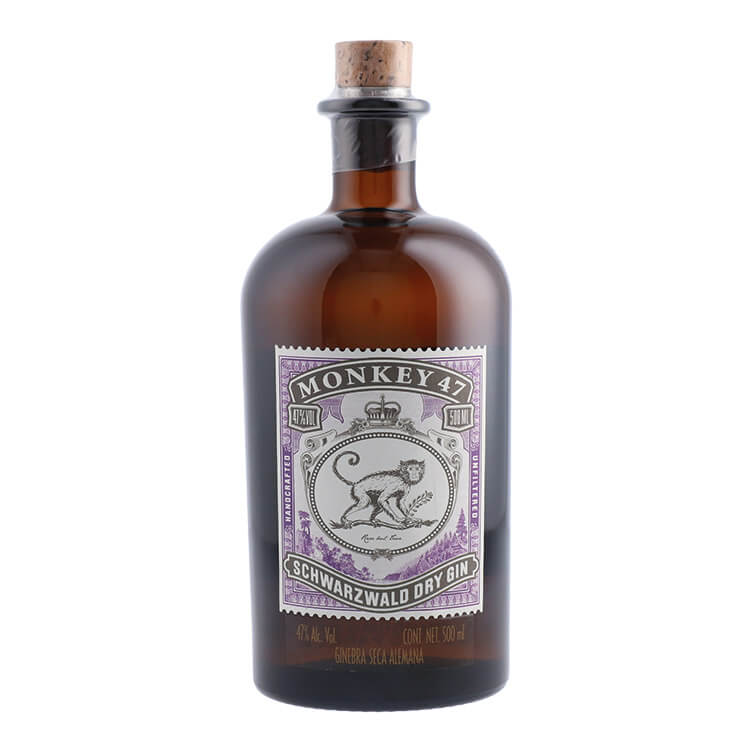
Monkey 47 Schwarzwald Dry Gin
There are incredible aromatics. juniper notes, but also imagine you’ve been dropped into a David Attenborough documentary, mid-winter, in the middle of a pristine, snow-drenched Scandinavian spruce/pine forest (although possibly the Black Forest might have been a better analogy).
Spices, florals, lemon notes, orange rind. We are told that lingonberries make a major contribution. Possibly, but I have no idea what a lingonberry looks like or how one tastes. This gin is no shrinking violet, but is powerful and very long. Richly flavored, finely balanced, very complex. Refreshing, almost biting acidity, but it is never intrusive.
Despite my misgivings about tipping good spirits into cocktails, hard to imagine a better gin for a great martini. A brilliant gin. 97.
Monkey 47 Schwarzwald Barrel Cut Mulberry Dry Gin (AUD$100/€79)
The Schwarzwald Barrel Cut Mulberry Dry Gin has everything that the “standard” offers but is softer, more muted, much more nutty. There is more of a reliance on oak and berry notes here rather than herbs and citrus.
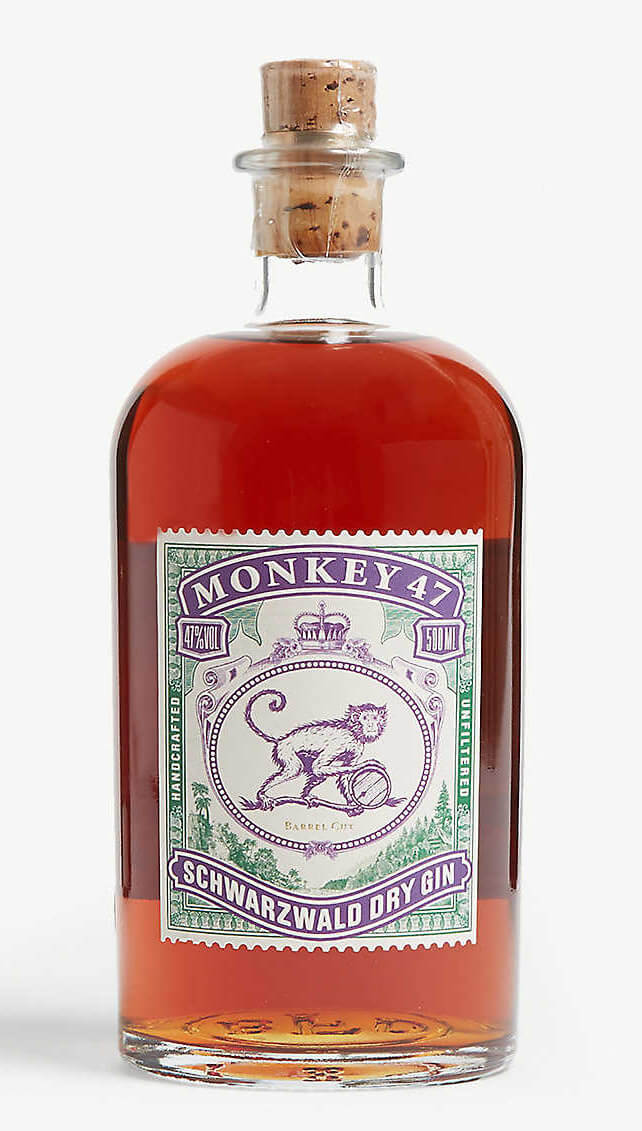
Monkey 47 Schwarzwald Barrel Cut Mulberry Dry Gin
The color is a brown/gold with flickers of crimson. A lovely, softer style of gin, which retains length, balance, and complexity. Delicious.
Like the standard, it is 47 percent. 97.
Monkey 47 Schwarzwald Sloe Gin (AUD$90/€39)
A pale red/brown, the sloe gin is a very different beast to the others. Dropping from 47 percent as pure gin to just 29 percent as sloe imparts a difference in flavor and mouthfeel.
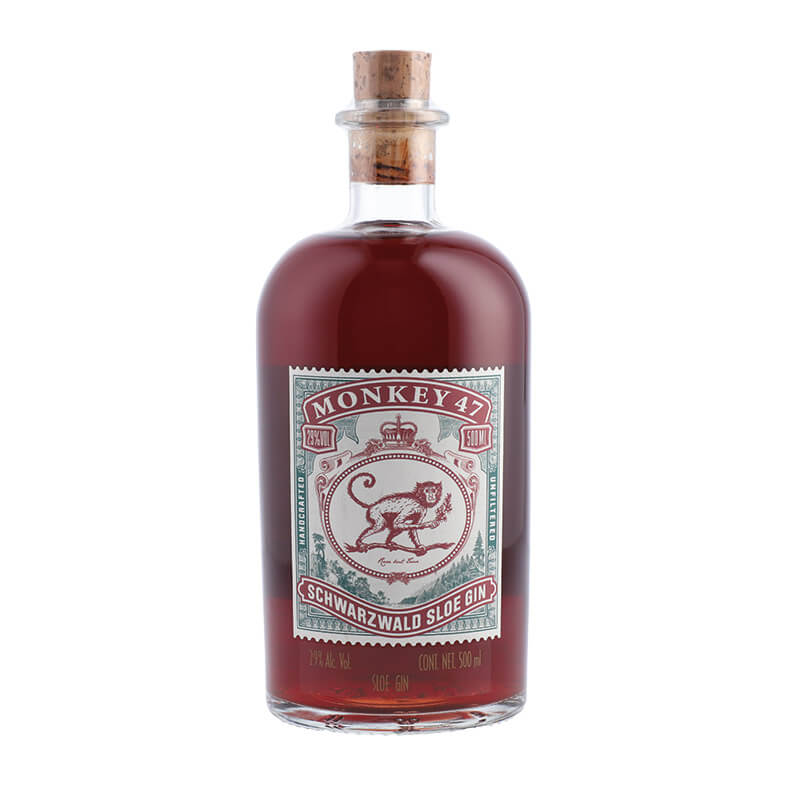
Monkey 47 Schwarzwald Sloe Gin
The sloe berries are handpicked in the Black Forest. There are soft berry notes here. Plums with a hint of pepper and smoke. Cherries. Plus licorice and a hint of a very mild chocolate. Cherry liqueur notes. Soft and clean, with really impressive length. Has a lovely Turkish Delight and a real Christmasy character about it. A joy to drink. 95.
To finish, don’t miss these gins but also don’t miss the website – www.monkey47.com – it is one of my favorites. Absolutely chock full of all manner of things Monkey 47. Learn about the producer and the gins, fabulous trivia, more cocktail recipes than you’ll need to combat the longest isolation, stories, tidbits, good solid information, and much more. These guys have fun.
For more information, please visit www.monkey47.com.
* This article was first published on June 8, 2020 at Monkey 47 Gin: From Failed Watchmaker To Making One Of The Best Gins In The World.
You may also enjoy:
Four Pillars Bloody Shiraz Gin: Neon Purple And Guaranteed To Contain No Motorcycle Engine Parts
Beluga Gold Line Vodka: James Bond Should Drink It Neat Rather Than Shaken, Not Stirred
Delamain Cognac: Compelling Evidence For The Benefits Of Time
Diplomático Reserva Exclusiva Rum: The Richness And A Little Sweetness Of Venezuela



Leave a Reply
Want to join the discussion?Feel free to contribute!